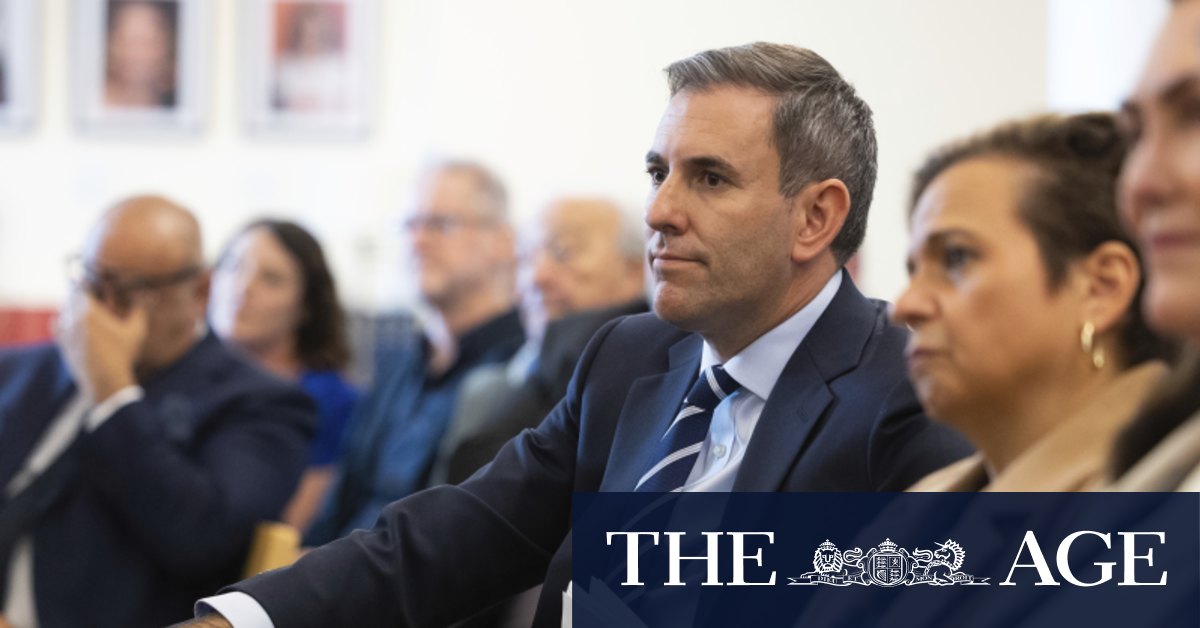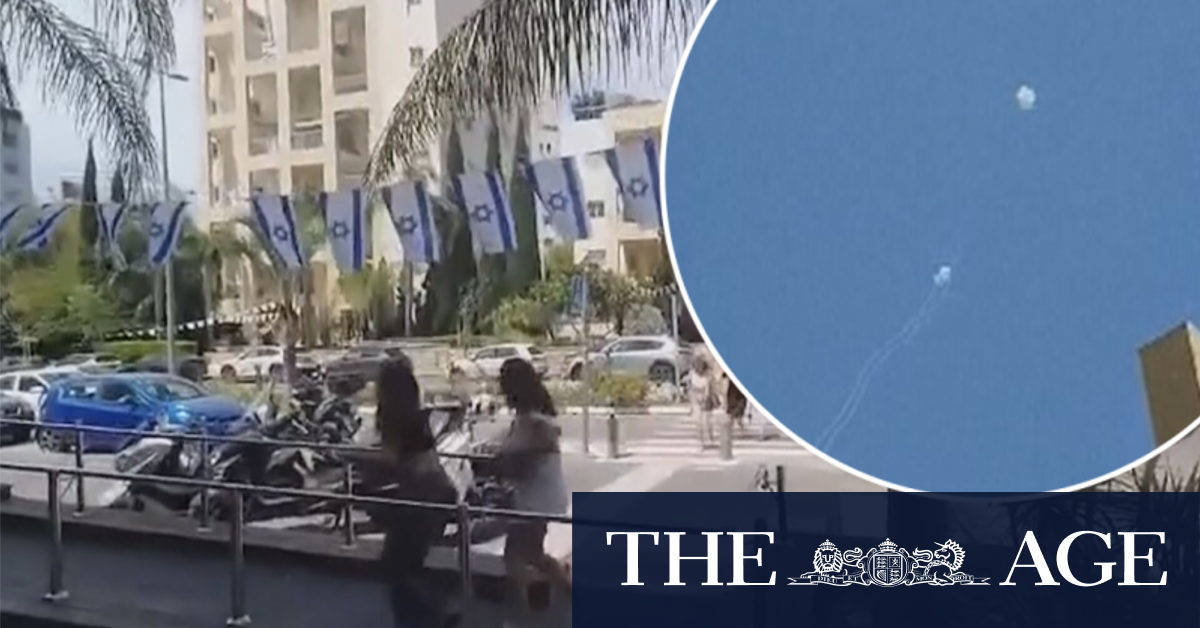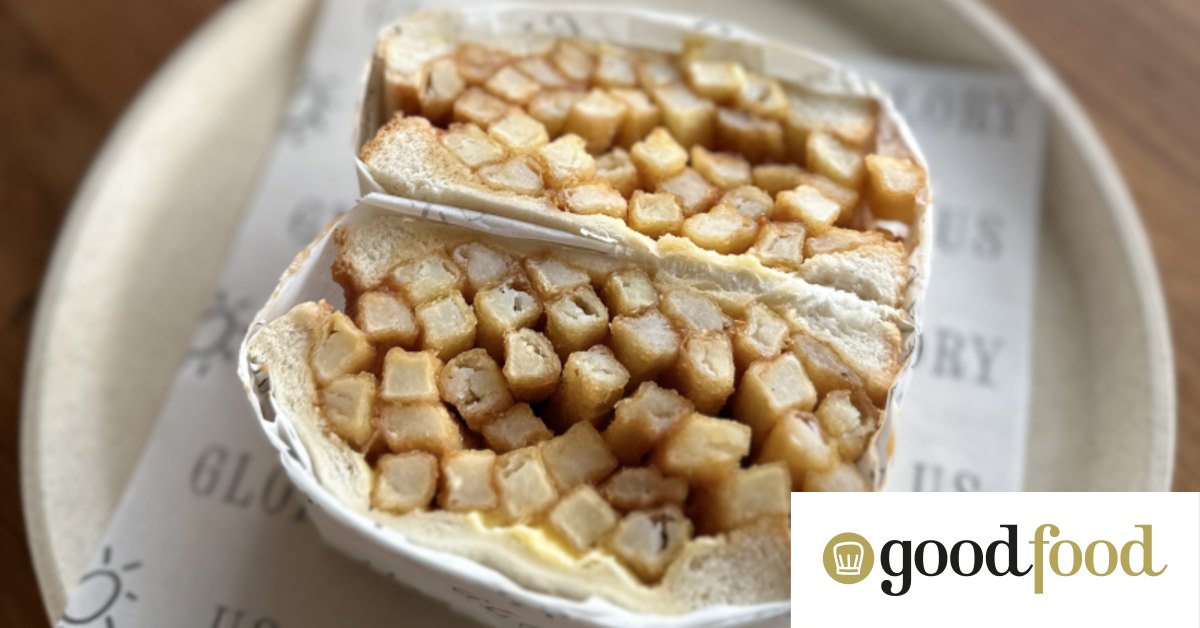The centerpiece will be the Future Made in Australia policy which will include tax concessions, direct subsidies and targeted subsidies to new industries, which the government argues will bring long-term economic and environmental benefits to the country.
It has already pledged $1 billion in government support for a quantum computing facility in Brisbane and $1 billion for a solar panel plant in NSW's Hunter Valley.
Prime Minister Anthony Albanese said the budget reflected Labour's values.
“It's a Labor Budget because it's a budget for all Australians, not just some. New investments in Medicare and the health system, more help for struggling households, more households in every state and territories,” he told Labor MPs on Monday.
“The decisions we make in this decade will set Australia up for decades to come, and that's what an Australian-made future is about. Making sure we take advantage of the opportunities that are out there.”
The budget will also include additional infrastructure spending, including $3.25 billion towards Melbourne's north-east road link, $1.15 billion for a Sunshine Coast rail link and $1.9 billion for a series of of projects in Sydney's west.
Parts of the deal with the government's universities will be confirmed, including a plan to change higher education loan program debt indexation arrangements that will cost $3 billion.
Extra money will go to help victims of domestic violence, the full cost of the superannuation payment for paid parental leave will be revealed, while the instant asset write-off scheme for small businesses will be extended by another year.
A key aspect will be the budget's impact on inflation.
Last week, the RBA kept official interest rates at 4.35%, but forecast inflation could rise from 3.6% to 3.8% in the second half of this year. It does not expect inflation to return to its target band until the second half of next year.
loading
His forecasts, however, did not take into account any policies that Chalmers will announce in his third budget on Tuesday night.
The Treasurer will reveal that inflation could fall to the target range by the end of this year and fall to 2.75 per cent by mid-2025 as the government's various cost-of-living measures take the edge off of expected price increases. The Reserve Bank expects inflation to still be 3.2% in June next year.
There are growing signs of the impact on the economy of the Reserve Bank's previous rate hikes. The Commonwealth Bank's household spending index, released on Monday, showed a 1 percent fall in April.
Credit: Matt Golding
Spending increased in non-discretionary areas such as education and utilities, and households cut spending on food, hospitality, recreation and transportation.
It's not just households feeling the pinch. National Australia Bank's monthly business survey showed businesses scaled back employment plans and expectations about the economy through April. Forward orders fell, while there was a moderation in both labor and input costs.
NAB chief economist Alan Oster said the report pointed to a reduction in economic activity and general inflation.
“Overall, these signs of slowing activity and cost reductions support the outlook for a gradual improvement in inflation from here, but it remains to be seen how quickly this happens,” he said.
Cut through the noise of federal politics with expert news, opinion and analysis. Subscribers can sign up for our weekly Inside Politics newsletter.




